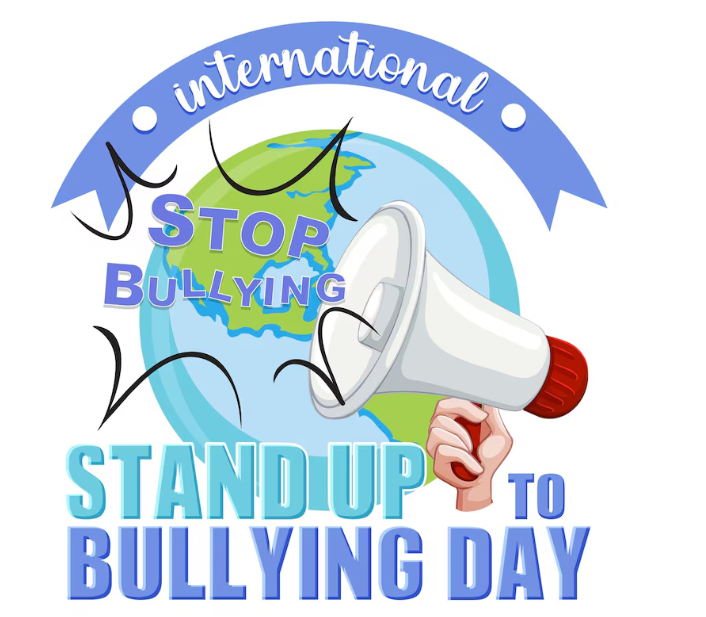Throughout history, some of the most powerful statements have been made not through speeches or banners, but through something much smaller: the button badge. These tiny accessories have played a quiet yet vital role in shaping how people spread messages, challenge ideas, and come together in solidarity.
The Early Days of Political Messaging
Badges first gained prominence during political campaigns in the late 19th and early 20th centuries. Simple slogans or portraits of candidates allowed supporters to carry their beliefs on their lapels. Unlike posters or newspapers, badges traveled with people into the everyday world, sparking conversations in public spaces.
Badges and Protest Culture
By the 1960s and 70s, badges had become a staple of protest culture. Civil rights, anti-war, and feminist movements all used them to amplify their voices. A badge could fit a message of resistance into just a few words or a bold image, instantly recognizable and easy to replicate. Wearing one wasn’t just decoration—it was participation.
Music, Fashion, and Rebellion
Badges also became intertwined with youth culture. Punk, metal, and indie scenes turned badges into fashion statements that doubled as declarations of identity. A jacket covered in band logos or political slogans became a walking manifesto, mixing personal taste with cultural rebellion.
Badges in Everyday Life
Beyond politics and protest, badges have often been used for lighter purposes too—supporting sports teams, marking special events, or simply sharing humor. They can be ironic, playful, or deeply personal, showing how versatile this little object has always been.
The Legacy of Symbolism
In today’s digital-first world, it’s easy to think that online posts and hashtags have replaced physical symbols. Yet badges remain relevant precisely because they are physical. They are worn, seen, and noticed in real life, making them harder to ignore.
Platforms such as Badge Monkey continue this legacy, offering designs that reflect the diverse reasons people wear badges—from solidarity to self-expression.
More Than Metal and Plastic
The enduring role of badges in social history reminds us that powerful messages don’t need large platforms. Sometimes, a one-inch circle on someone’s jacket can carry more weight than words alone.
